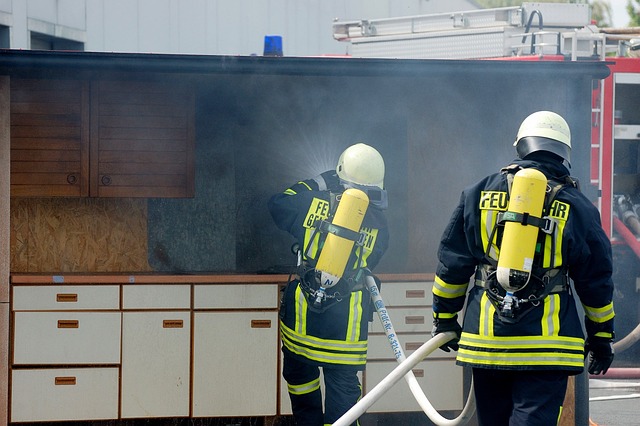Preserving the safety of the workplace involves safeguarding the lives and belongings of the workers. Of many, the fire hazard threatens employees’ well-being and property. If one knows and is careful about everyday fire hazards, many fires could be prevented, making the workplace safer for everyone.
The primary function of a fire risk assessment London in a place of work is to identify the sources of fire hazards, the risk from those hazards causing harm, and measures to remove or reduce them. The assessment ensures that one maintains the safety of his employees, visitors, and property by identifying and rectifying fire hazards before they can become emergencies.
Here is how to identify and mitigate common fire hazards in the workplace:
Electrical Hazards
Electrical hazards are the primary source of workplace fires. Some examples are overloaded circuits, bad wiring, malfunctioning electrical equipment, and most frequently extension cable misuse.
This is what is needed:
- Regularly inspect electrical systems, outlets, and equipment for signs of wear or damage.
- Avoid overloading circuits and ensure that electrical equipment is used according to manufacturer instructions.
- Replace damaged cords or equipment promptly, and discourage using extension cords as permanent solutions.
Flammable Materials
Most workplaces contain flammable chemicals and fuel, along with a lot of combustible waste. Not handling and storing properly really increases the chances of catching fire. The company must apply the following to control these hazards:
- Under safety legislation, approved flammable storage cabinets or other recognized places can be used to store flammable liquids.
- Minimize the quantity of flammable materials kept onsite and ensure they are stored in well-ventilated areas.
Ignition Sources
This type of ignition may be due to an open fire, sparks from the working tool, local high temperature, hot surfaces, or even a welding machine, among other things, which can cause a fire in the working place, coming into contact with easily burnable material.
- Implement strict policies regarding using open flames and smoking in designated areas.
- Regularly inspect and maintain machinery to prevent sparks and overheating.
- Welding and other hot work should be executed in the area marked out for the purpose and where adequate ventilation and firefighting provisions are made.
Inadequate Fire Protection Systems
Faulty fire safety equipment can affect the ability to know fire cases and how to contain them. The following is advisable:
- Conduct regular inspections and maintenance of fire protection systems to ensure they function correctly.
- Provide adequate training to employees on properly using fire extinguishers and other firefighting equipment.
- Develop and regularly review emergency evacuation plans to ensure all employees know what to do during a fire.
Poor Housekeeping
To address poor housekeeping hazards:
- Maintain a clean and organized workspace by implementing regular cleaning schedules and encouraging employees to tidy their work areas.
- Dispose of waste materials, such as paper, cardboard, and packaging, in designated trash receptacles and recycling bins.
Recognizing and controlling fire risks at work might help the employer significantly improve the workspace. The result may also benefit by creating a safer working environment for the workers, reducing the chances of losing businesses through fires, property damage, and interruptions. Regularly checked, appropriately trained, and detail-oriented adherence to safety procedures all help in ensuring that risks associated with fire are minimized and also improve the culture at work.

